
by Lara Land | Aug 20, 2023 | COACHING, COMMUNITY, LAND BLOG, LARA LAND, Self Improvement, SELF-IMPROVEMENT
The experience of losing a loved one is undoubtedly one of the most challenging aspects of the human condition.
When that loss is traumatic, the pain can be even more overwhelming, leaving us feeling lost, broken, and unable to see a way forward. However, amidst the darkness, healing is possible. In this blog, we will explore the path to healing from traumatic loss, understanding that it’s a unique journey for each person, but one that leads to renewed strength and hope.
Acknowledging the Pain
Grief is a natural response to loss, and it’s essential to recognize the depth of pain that accompanies traumatic loss. Instead of suppressing or avoiding these emotions, allow yourself to feel them fully. Grief is not something to be hurried through; it’s a process that takes time. Give yourself permission to grieve, cry, and express your emotions in a healthy and supportive environment. Surround yourself with compassionate friends and family members who can offer a listening ear and a comforting presence.
Seeking Professional Support
Healing from traumatic loss can be an arduous and complex journey, and it’s okay to seek professional help during this time. Therapists, counselors, or support groups specialized in grief and trauma can provide invaluable assistance in understanding and processing your emotions. They can guide you through the healing process, providing coping strategies and techniques to help you navigate the challenges ahead.
Finding Meaning in Loss
Though it may seem impossible at first, finding meaning in the midst of loss can be a significant step towards healing. The loss of a loved one can trigger profound existential questions, and seeking answers to these questions can aid in your healing process. Engaging in activities that honor the memory of your loved one, such as creating a memorial or starting a charitable initiative in their name, can help give meaning to their passing and keep their spirit alive.
Practicing Self-Compassion
During the healing journey, it’s crucial to practice self-compassion. Be gentle with yourself and avoid self-blame. Traumatic loss often leaves survivors questioning their actions or decisions, but it’s essential to remember that you did the best you could under the circumstances. Treat yourself with the same kindness and understanding that you would offer a dear friend going through a difficult time.
Embracing Support Systems
Recovery from traumatic loss becomes more manageable with the support of others. Embrace your support systems, whether it’s family, friends, or support groups. Opening up and sharing your feelings with people who have experienced similar pain can be cathartic. These connections can help you realize that you’re not alone in your grief and provide the strength to move forward together.
Finding Solace in Healing Activities
Engaging in healing activities can be therapeutic during the grieving process. Whether it’s spending time in nature, writing in a journal, practicing mindfulness, or engaging in creative outlets like art or music, these activities can provide moments of solace and healing. They offer opportunities to process emotions and find moments of peace amidst the storm of grief.
Embracing the Process
Healing from traumatic loss is not linear; it’s a rollercoaster of emotions and experiences. Some days may feel easier, while others might seem overwhelmingly difficult. It’s essential to embrace this process and allow yourself the space to feel whatever comes naturally. Remember that healing takes time and patience; there is no right or wrong way to go through it.
Whitney Lyn Allen, the latest guest on the Beyond Trauma Podcast, knows about traumatic loss. Her husband died from a sudden freak accident which left him in the in-between for a long painful period. Whitney’s experience inspired her to help others and she became a certified grief coach specifically focusing on widows. Hear Whitney Lyn Allen’s story and tips for surviving traumatic loss HERE.

by Lara Land | Aug 6, 2023 | COACHING, COMMUNITY, LAND BLOG, LARA LAND, Self Improvement, SELF-IMPROVEMENT
In the face of adversity, it is natural to focus on the negative impacts of trauma. However, there is a phenomenon known as post-traumatic growth (PTG) that offers a glimmer of hope. PTG refers to the positive psychological changes that individuals can experience after going through a traumatic event. In this blog post, we will explore the concept of post-traumatic growth, its benefits, and provide practical strategies for fostering resilience and embracing personal transformation.
Understanding Post-Traumatic Growth
The human spirit has an incredible capacity for resilience and growth, even in the face of the most challenging circumstances. Post-traumatic growth is an emerging field of study that explores how individuals can experience positive changes in various areas of their lives following trauma. These changes can manifest in five key domains:
- Personal Strength: Individuals often discover newfound inner strength and resilience as a result of their experiences. They learn to confront and overcome their fears, gaining a renewed sense of personal power.
- Greater Appreciation of Life: Trauma can provide a profound wake-up call, prompting individuals to reevaluate their priorities, savor the present moment, and find joy in the simple things that were once taken for granted.
- Improved Relationships: Some people develop deeper empathy and compassion towards others as a result of their own suffering. Trauma can lead to enhanced interpersonal connections and a greater willingness to offer support to others.
- New Possibilities: Adversity can act as a catalyst for change, sparking creativity and the pursuit of new opportunities. Individuals may discover untapped potential, set new goals, and find a renewed sense of purpose.
- Spiritual Growth: Trauma often prompts individuals to explore existential questions, leading to a deepening of their spiritual beliefs or the development of a new sense of meaning and purpose in life.
Strategies for Cultivating Post-Traumatic Growth
While post-traumatic growth is a deeply personal and individual process, there are strategies that can facilitate this transformative journey. Here are some practical steps to foster post-traumatic growth:
- Seek Support: Reach out to supportive friends, family, or professionals who can provide a safe space for processing emotions and experiences. Support groups can also offer valuable insights and connections with others who have undergone similar challenges.
- Practice Self-Care: Prioritize self-care activities that promote physical, emotional, and mental well-being. Engage in regular exercise, maintain a balanced diet, practice mindfulness or meditation, and engage in activities that bring you joy.
- Reframe Your Narrative: Challenge negative thought patterns and reframe your trauma as an opportunity for growth. Viewing the experience as a transformative journey can help shift your perspective and open up possibilities for personal development.
- Embrace Resilience-building Activities: Engage in activities that foster resilience, such as journaling, practicing gratitude, engaging in hobbies, or seeking professional therapy. These activities can help build emotional strength and facilitate post-traumatic growth.
- Set Meaningful Goals: Identify new goals that align with your values and aspirations. This can provide a sense of direction and purpose, allowing you to channel your energy towards positive personal growth.
While trauma is undoubtedly difficult and challenging, it is essential to recognize that growth and transformation are possible even in the aftermath of adversity. Post-traumatic growth allows individuals to tap into their inner resilience, discover newfound strengths, and uncover a renewed sense of purpose. By embracing support, practicing self-care, reframing your narrative, and setting meaningful goals, you can embark on a journey of post-traumatic growth, turning your pain into profound personal transformation.
Remember, everyone’s journey is unique, and healing takes time. Be patient with yourself, embrace self-compassion, and celebrate the small victories along the way. Post-traumatic growth is not about erasing the past but rather using it as a stepping stone towards a brighter, more resilient future.
If you or someone you know is struggling with trauma, do not hesitate to seek professional help. There are resources available to support you on your journey towards post-traumatic growth.
Together, let us unlock the incredible potential for positive transformation that lies within each of us. Reach out for coaching and check out the latest episode of the Beyond Trauma Podcast with Dr. Edith Shiro expert and author in PTG.

by Lara Land | Aug 2, 2023 | COACHING, COMMUNITY, LAND BLOG, LARA LAND, Self Improvement, SELF-IMPROVEMENT
Meditation has long been celebrated for its profound impact on our mental and emotional well-being.
However, a less explored yet equally transformative aspect of meditation is its contemplation on death. Far from morbid, this practice serves as a powerful reminder of the impermanence of life, propelling us to embrace the present fully. In this blog, we delve into the benefits of meditating on death and how it can help us live a more vibrant and purposeful life.
Understanding Impermanence and Embracing the Present
Meditating on death forces us to confront the transient nature of life. By acknowledging that life is impermanent, we become more aware of the preciousness of every moment. This awareness motivates us to live in the present, cherishing our relationships, pursuing our passions, and savoring the simple joys that surround us.
Fostering Gratitude and Contentment
Contemplating the finite nature of life encourages gratitude for what we have. Rather than dwelling on what we lack, we learn to appreciate the abundance in our lives. Gratitude enhances our sense of contentment, promoting a more positive and fulfilled outlook on life.
Letting Go of Trivial Worries
Meditation on death helps us gain perspective on our worries and fears. Trivial concerns lose their significance when viewed through the lens of mortality. By releasing unnecessary worries, we free ourselves to focus on what truly matters, making room for personal growth and self-improvement.
Motivating Personal Growth
Realizing the fleeting nature of life motivates us to seize opportunities for personal growth and self-improvement. We become more willing to step out of our comfort zones, take on challenges, and pursue our dreams. Meditation on death becomes a catalyst for positive transformation.
Strengthening Meaningful Relationships
By meditating on death, we recognize the importance of nurturing meaningful relationships with others. We learn to prioritize emotional connections, spending quality time with loved ones, and expressing our love and appreciation openly.
Reevaluating Priorities and Values
Contemplating mortality encourages us to reevaluate our priorities and align our actions with our core values. We let go of materialistic pursuits and focus on what brings true fulfillment and purpose to our lives.
Cultivating Mindfulness and Inner Peace
Meditation on death is a form of mindfulness practice that grounds us in the present moment. This mindfulness helps reduce anxiety about the future and regrets from the past, promoting inner peace and tranquility.
Embracing the concept of meditation on death might initially seem intimidating, but it holds the potential to transform our lives in profound ways. By acknowledging the impermanence of life, we learn to cherish the present, foster gratitude and contentment, and let go of trivial worries. This practice motivates personal growth, strengthens our relationships, and reevaluates our priorities.
If you are curious about how mediation on impermanence can enhance your life, join me for a 4-week virtual workshop on this topic. Details and registration HERE.

by Lara Land | Jul 30, 2023 | COACHING, COMMUNITY, LAND BLOG, LARA LAND, Self Improvement, SELF-IMPROVEMENT
Sally Kempton, a renowned spiritual teacher and author, dedicated her life to guiding individuals on a transformative journey toward inner awakening and self-realization.
Her book, Awakening Shakti changed my relationship to Goddess energy. With her profound wisdom and compassionate approach, Kempton’s work touched the lives of many, offering a pathway to deeper understanding, self-discovery, and spiritual growth. In this blog post, we will delve into the remarkable work of Sally Kempton, exploring her teachings, methodologies, and the profound impact she has made in the realm of spiritual awakening.
Sally Kempton’s journey began with her early exploration of Eastern philosophy and meditation practices, which led her to study under the guidance of revered spiritual masters. Drawing from her own experiences, she combined ancient wisdom with contemporary insights to create a transformative path that resonates with modern seekers.
Teachings and Methodologies
The Power of Meditation: Kempton emphasized the profound impact of tantric meditation as a vehicle for self-discovery and spiritual growth. Through various meditation practices, including mantra repetition, breath awareness, and mindfulness, Kempton taught individuals to quiet the mind, cultivate inner stillness, and access deeper states of consciousness.
Awakening the Energy Body: Kempton’s work focused on the exploration of the subtle energy body and its significance in spiritual awakening. She guided practitioners in awakening and harnessing the power of the chakras, facilitating a greater understanding of the connection between mind, body, and spirit.
Cultivating Embodied Awareness: Kempton emphasized the importance of grounding spiritual experiences in everyday life. She taught individuals to bring meditative awareness into daily activities, fostering a deeper sense of presence, mindfulness, and connection with the world around them.
The Practice of Self-Inquiry: Kempton encouraged individuals to explore their own consciousness through self-inquiry. By investigating deeply held beliefs, patterns, and identifications, one can uncover the essence of their true nature, leading to self-realization and a profound sense of freedom.
The Impact of Sally Kempton’s Work
Sally Kempton’s teachings have had a transformative impact on countless individuals seeking spiritual growth and self-realization. Through her workshops, retreats, and writings, she has touched the lives of many, offering guidance and support on the path to inner awakening. Her work has enabled individuals to:
Deepen Self-Awareness: Kempton’s teachings facilitated a profound understanding of oneself, allowing individuals to uncover hidden patterns, beliefs, and attachments that may hinder personal growth.
Cultivate Compassion and Presence: By embracing Kempton’s methodologies, individuals learned to cultivate compassion towards themselves and others, fostering a greater sense of interconnectedness and empathy.
Experience Expanded Consciousness: Through the practice of meditation and energy work, Kempton’s teachings empowered individuals to access deeper states of consciousness, experiencing moments of transcendence and connection with the divine.
Embrace Personal Transformation: Kempton’s work encouraged individuals to embrace personal transformation, to evolve beyond self-imposed limitations, and to embrace their full potential as beings of light and love.
Sally Kempton’s work touched the lives of countless seekers, guiding them on a transformative journey towards inner awakening and self-realization. Through her teachings, individuals have discovered the power of meditation, cultivated embodied awareness, and embraced personal transformation. Kempton’s profound insights continue to inspire and illuminate the path of spiritual growth, offering a beacon of light for those seeking a deeper understanding of themselves and the world around them.
If you are drawn to the path of inner awakening, consider joining me on my Costa Rica Clarity Retreat where I will offering many of her practices.
Remember, the journey towards self-realization is unique for each individual, and it requires patience, dedication, and self-compassion. Embrace the wisdom of Sally Kempton and embark on this transformative path with an open heart and a receptive mind.
May the illuminating work of Sally Kempton inspire you to discover the profound depths of your own being and awaken to a life filled with love, joy, and spiritual fulfillment.

by Lara Land | Jul 23, 2023 | COACHING, COMMUNITY, LAND BLOG, LARA LAND, Self Improvement, SELF-IMPROVEMENT
In a world filled with pressures and challenges, children often struggle to express their emotions, process their traumas, and navigate their way through difficult experiences. As a caring adult, you may wonder how you can support them in their journey toward healing and growth. This is where directive play therapy comes in. In this blog, we will explore the concept of directive play therapy and its powerful benefits for children. Whether you are a parent, educator, or mental health professional, understanding this approach can help you optimize your support for children in need.
What is Directive Play Therapy?
Directive play therapy is a therapeutic approach specifically designed for children, utilizing play as a means of communication and healing. Unlike traditional talk therapy, where children may find it challenging to express themselves verbally, directive play therapy allows them to engage in a safe and supportive environment where they can freely explore their feelings, thoughts, and even complex trauma or childhood trauma through play.
How Does Directive Play Therapy Work?
During a directive play therapy session, a trained therapist actively participates in guiding the child’s play. This therapist takes on a directive role by providing structure, suggesting specific activities, and setting limits when necessary. Through this approach, the therapist helps the child understand and process their emotions, develop problem-solving skills, enhance self-esteem, and build resilience.
The Benefits of Directive Play Therapy:
- Emotional Expression and Regulation: Directive play therapy provides a safe space for children to freely express their emotions, even those that may be difficult or overwhelming. By engaging in play, they can release emotional tension, explore their experiences, and develop healthy ways to regulate their emotions and even process childhood trauma or complex trauma.
- Problem-solving Skills: Through directive play therapy, children are encouraged to take on different roles and scenarios, allowing them to practice problem-solving and decision-making skills in a supportive environment. This helps them develop creative thinking, enhance cognitive abilities, and learn to navigate challenges effectively.
- Building Resilience: Directive play therapy helps children develop resilience by encouraging them to face and cope with challenging situations in a controlled and guided manner. Through play, they can learn how to adapt, persevere, and bounce back from adversity, building the foundation for future resilience.
- Enhancing Self-esteem: Children often struggle with self-esteem issues, especially if they have experienced trauma or challenging life circumstances. Directive play therapy provides opportunities for children to experience success, receive positive feedback, and build confidence in their abilities, leading to improved self-esteem.
Directive play therapy is a powerful approach that can help children heal, grow, and thrive. By understanding the principles and benefits of this therapy, you can provide effective support to children who may be struggling with emotional challenges. Whether you’re a parent, educator, or mental health professional, incorporating directive play therapy techniques can make a significant difference in the lives of the children you care for. Start exploring this remarkable therapeutic approach today and witness the transformative impact it can have on children’s well-being.
Take a listen to the latest episode of the Beyond Trauma Podcast where we delve into directive play therapy as taught by Ann Beckley-Forest and Annie Monaco, and how it works.

by Lara Land | Jul 16, 2023 | COACHING, COMMUNITY, LAND BLOG, LARA LAND, Self Improvement, SELF-IMPROVEMENT
I’ve been touched by the many responses to my recent newsletter where I shared that I’ve recently been certified as an End-of-Life Doula.
I’d like to share more about this care and its transformative impact on individuals facing end-of-life anxiety or trauma. In this blog post, we will delve into the compassionate realm of end-of-life care, shedding light on the unique role these doulas play in providing solace, support, and healing during life’s most challenging transition.
Understanding the End-of-Life Doula
At its core, an end-of-life doula is a caring and empathetic companion who walks alongside individuals and their loved ones during the final stages of life. Unlike medical professionals, whose focus lies primarily on physical care, end-of-life doulas offer holistic support, addressing emotional, spiritual, and practical needs.
Trauma and End-of-Life Care
End-of-life experiences often carry an inherent weight of trauma. The journey towards death can encompass emotional pain, existential anxiety, unresolved conflicts, and a profound sense of loss. Individuals facing their mortality may grapple with fear, regret, or a sense of unfulfilled purpose. Here, the end-of-life doula steps in as a compassionate guide, helping to navigate the complex landscape of trauma and facilitating the healing process.
Creating a Safe Space for Expression
One of the fundamental roles of an end-of-life doula is to create a safe and non-judgmental space for individuals to share their fears, regrets, and unresolved emotions. By actively listening and offering a supportive presence, doulas allow individuals to express their deepest thoughts, validating their experiences and providing solace. This therapeutic space encourages the exploration and resolution of trauma, fostering healing and emotional growth.
Addressing Unspoken Wounds
Trauma often arises from unresolved issues, unspoken words, or unfinished business. End-of-life doulas help individuals identify and address these wounds, encouraging open communication and reconciliation. Through guided conversations, they assist in facilitating meaningful connections, providing opportunities for forgiveness, closure, and the mending of broken relationships. By addressing these unspoken wounds, doulas enable individuals to find peace, freeing them from the burdens of trauma as they approach the end of life.
Honoring the Power of Rituals
Rituals hold a profound place in our lives, and they are no less significant in the face of mortality. End-of-life doulas recognize the importance of meaningful rituals in healing trauma and honoring the individual’s unique journey. Whether it’s creating legacy projects, writing letters, or engaging in guided ceremonies, these rituals offer opportunities for reflection, connection, and the celebration of a life lived. By weaving rituals into the end-of-life experience, doulas help individuals find solace, meaning, and a sense of closure.
Support for Loved Ones
End-of-life doulas extend their compassionate support not only to the individual facing their mortality but also to their loved ones. Family members and friends often bear their own trauma during this challenging time, and the doula serves as a source of guidance and comfort. They provide a listening ear, emotional support, and practical resources, helping loved ones navigate the complexities of grief and loss.
Embracing the Transformative Power
Being an end-of-life doula is a sacred calling that embraces the transformative power of compassion and support in the face of trauma. By accompanying individuals on their end-of-life journey, doulas provide a healing presence, creating space for expression, addressing unspoken wounds, and facilitating meaningful rituals. In doing so, they empower individuals to find peace, resolution, and a sense of purpose as they transition from this world to the next.
If you or your loved one is seeking holistic end-of-life and a path to meaning I’m honored to offer my services. You can always reach out to [email protected]
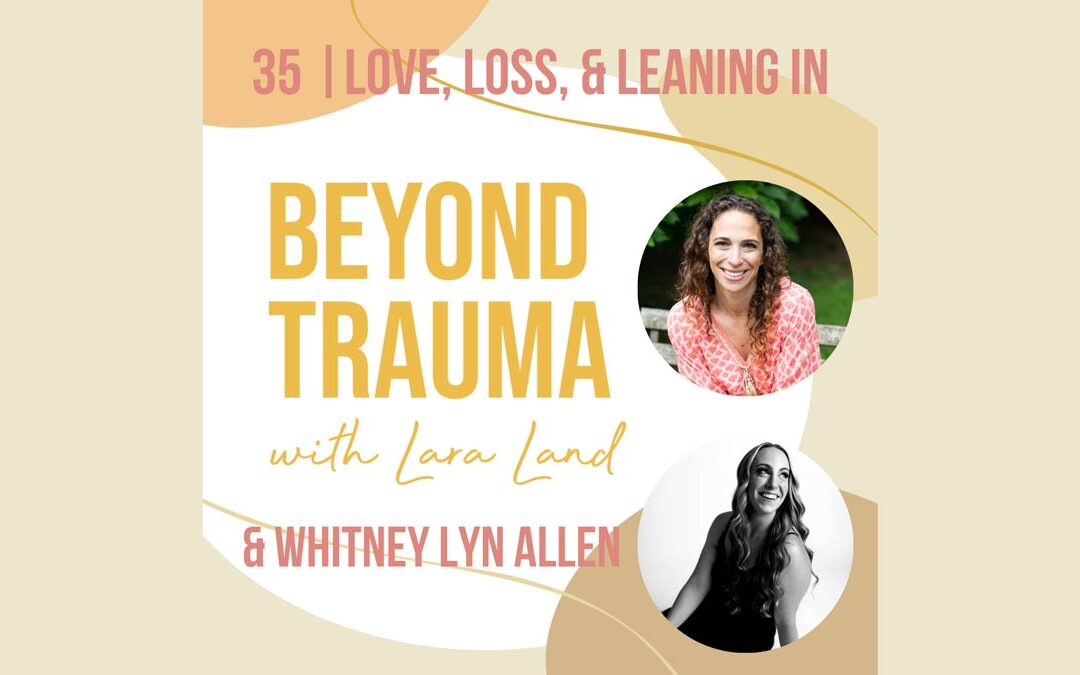

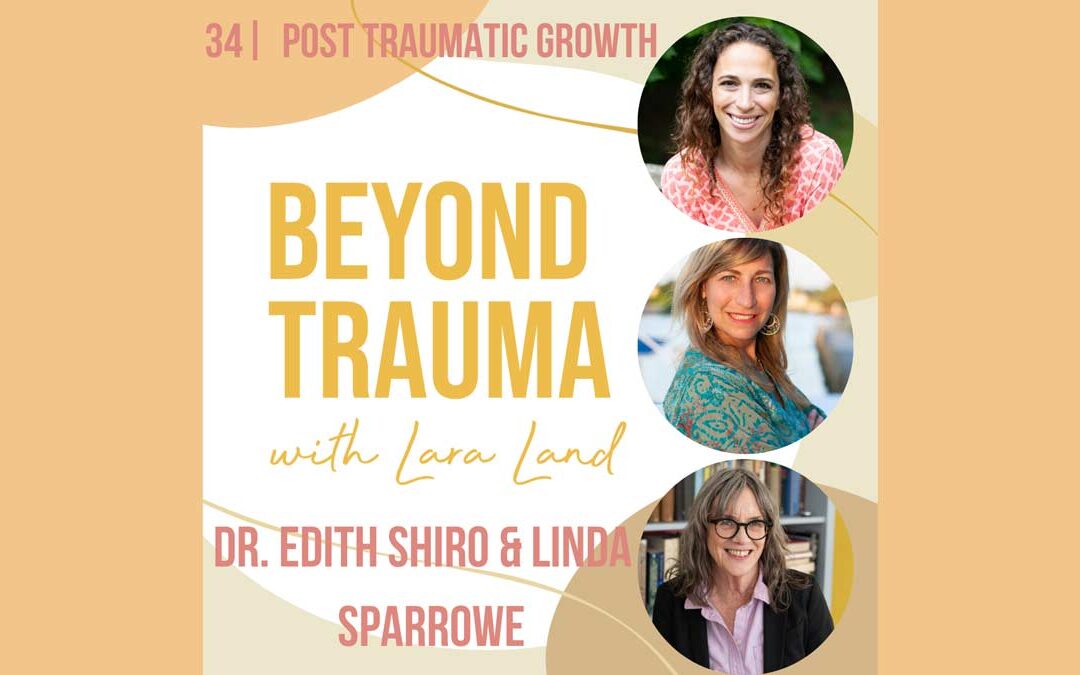
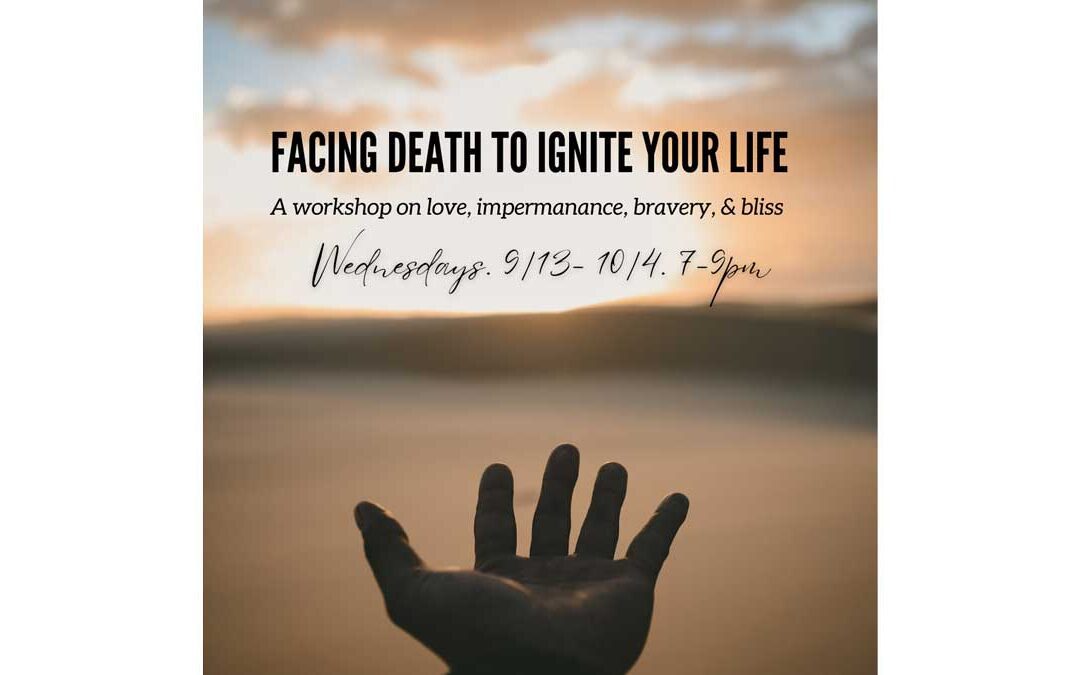

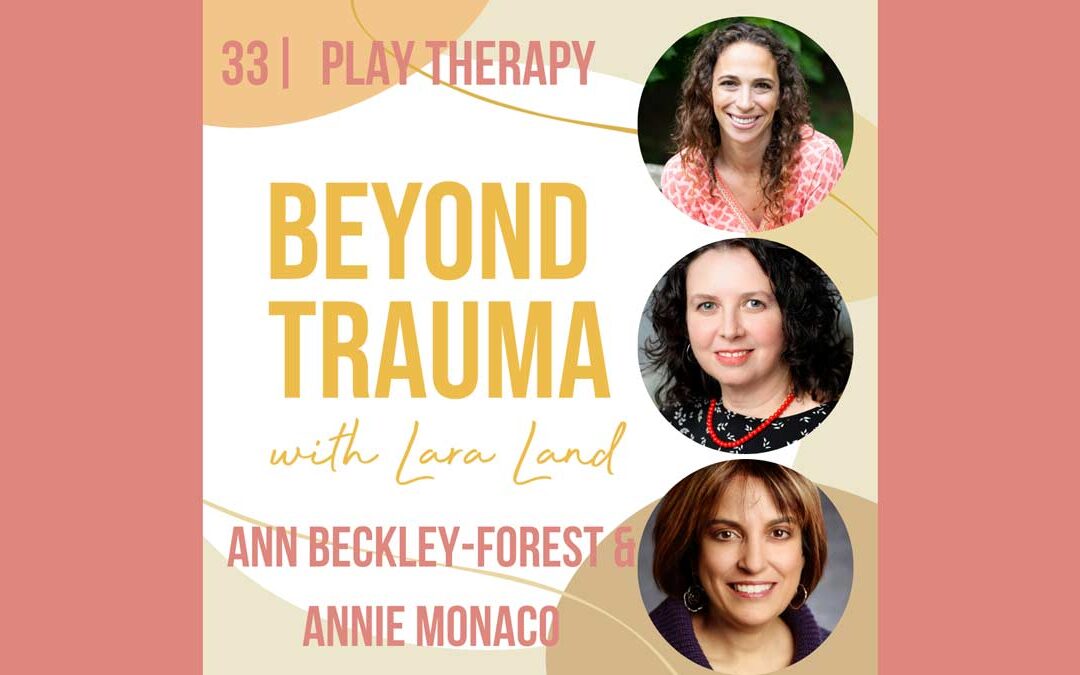
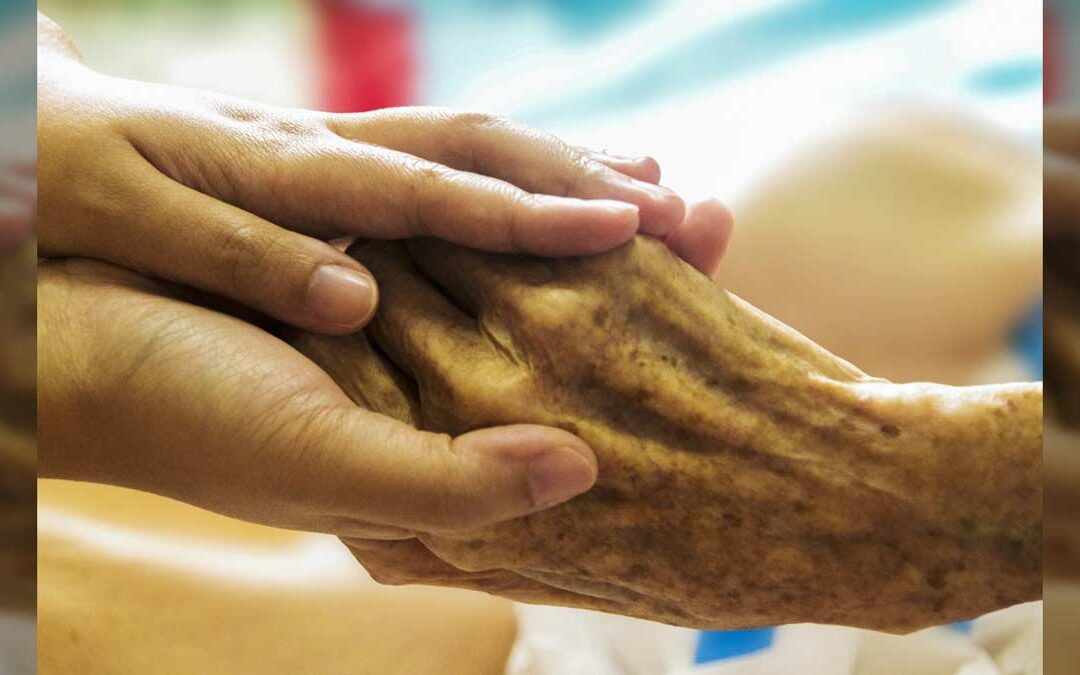
Recent Comments